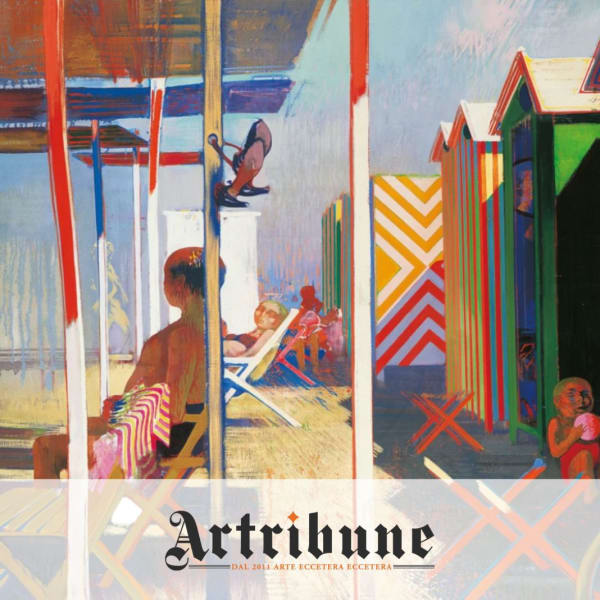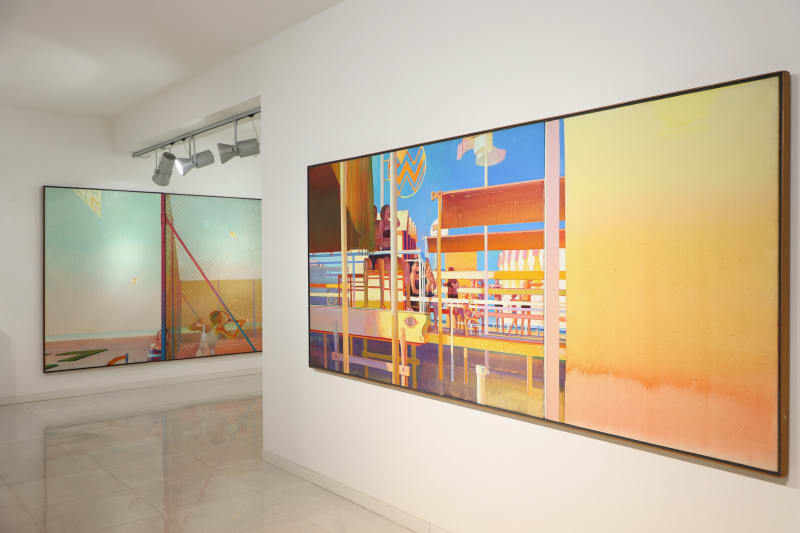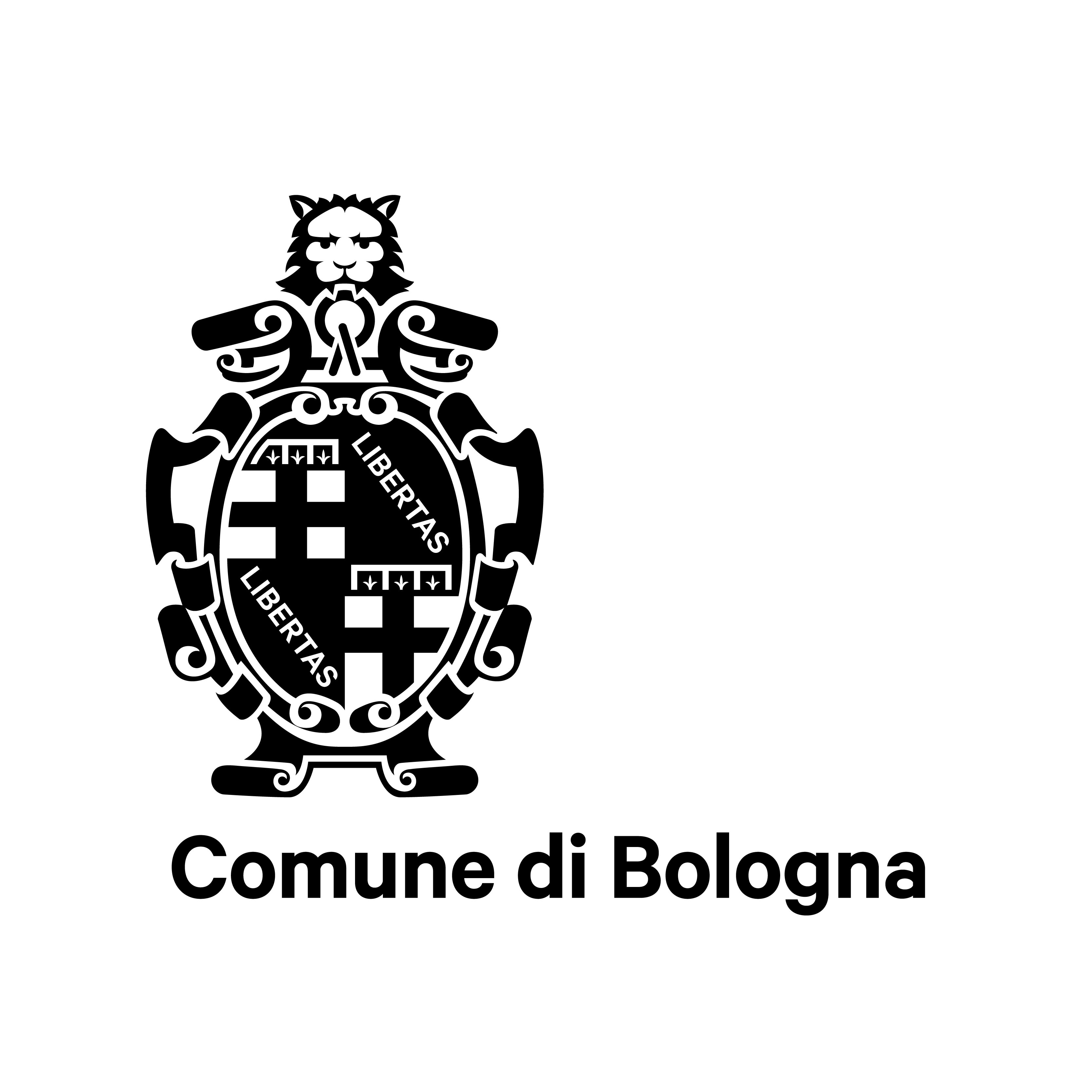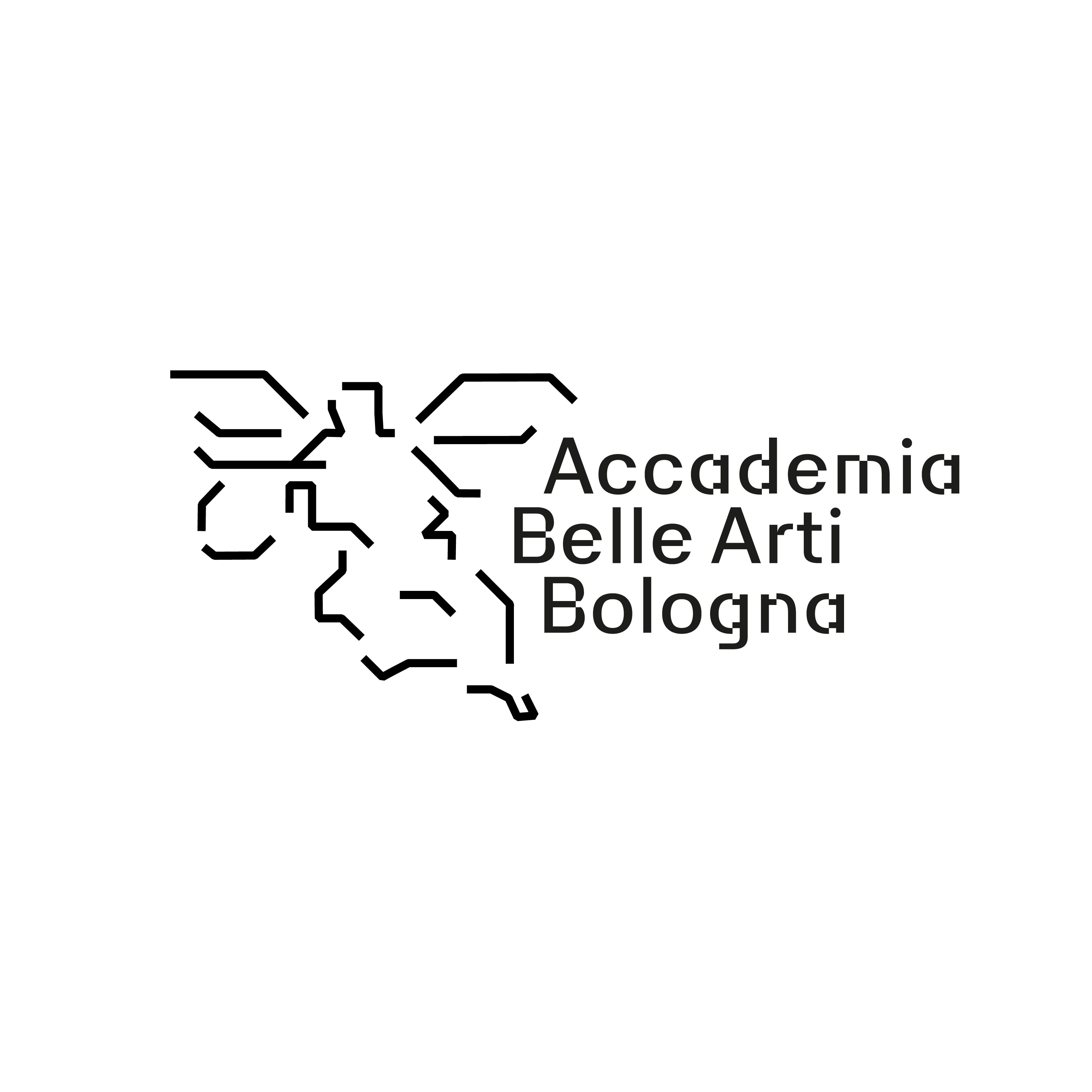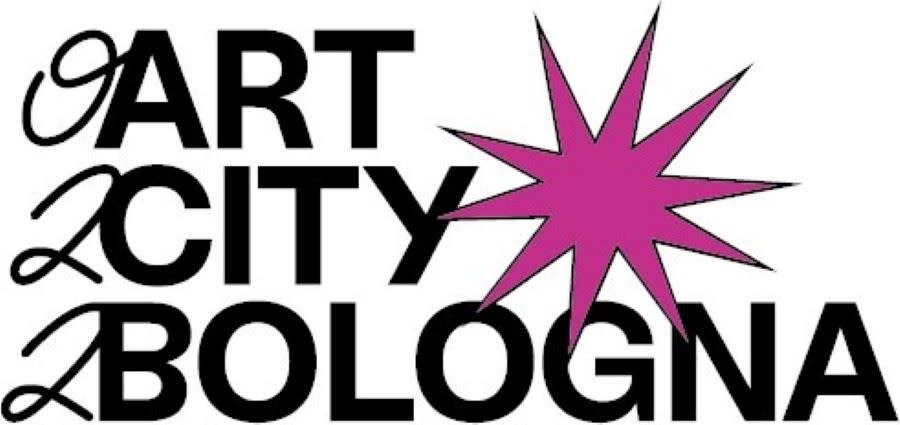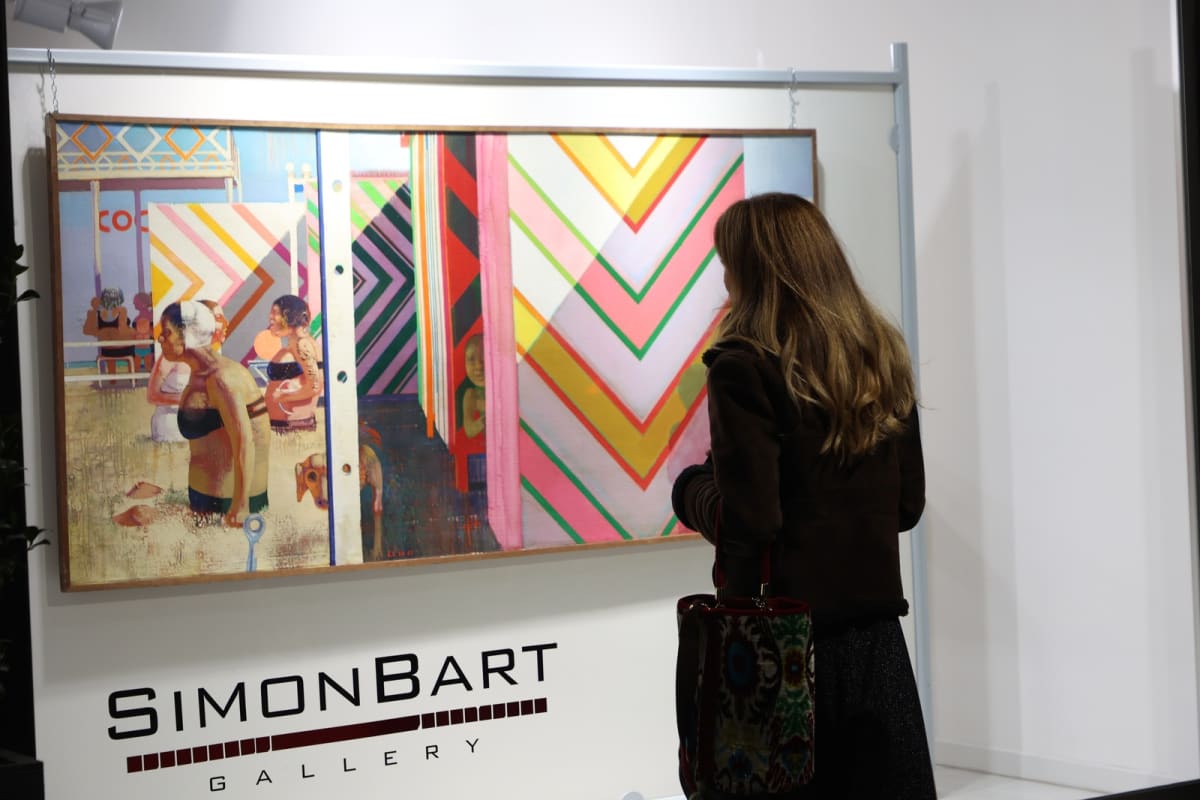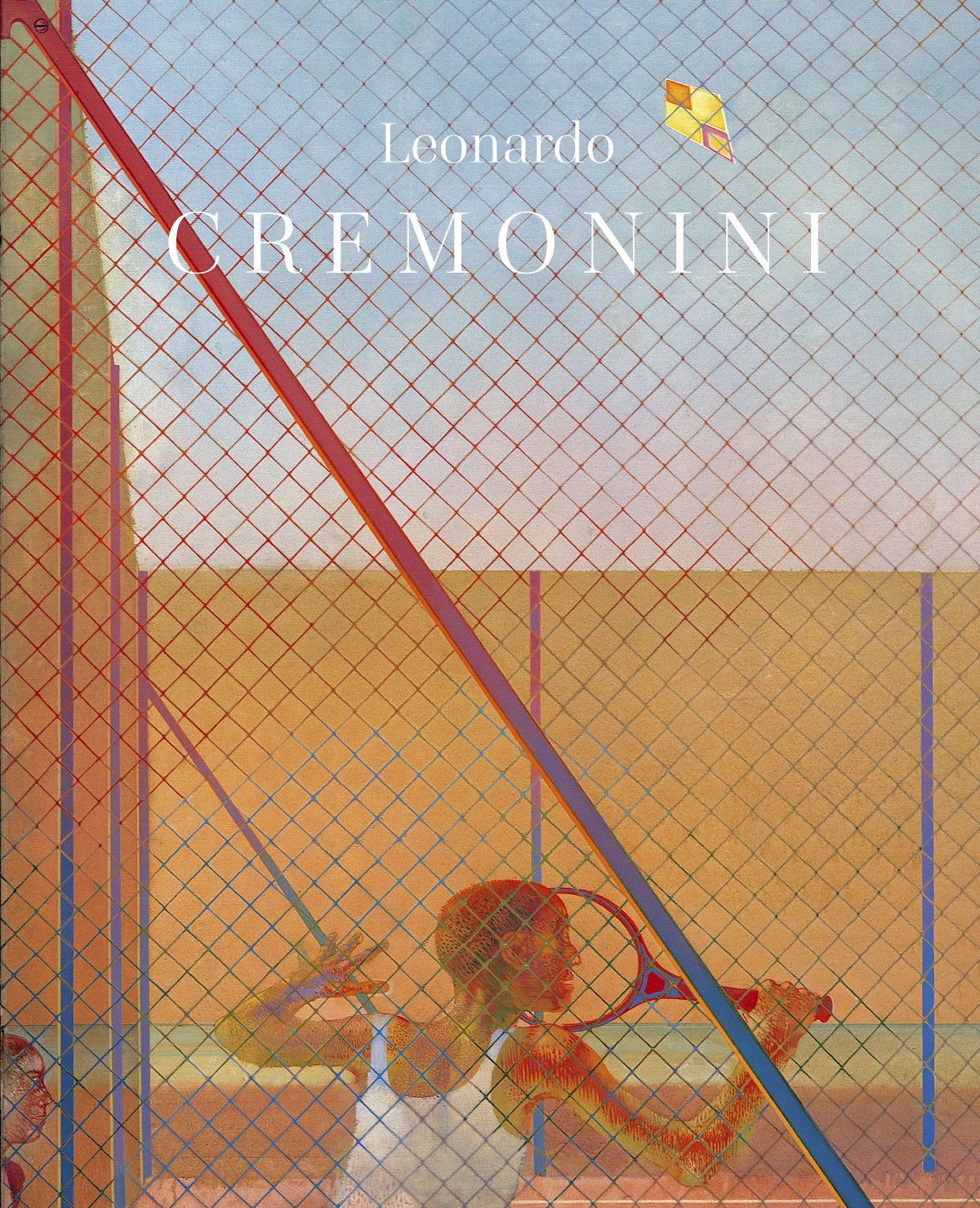An extensive exhibition celebrates the painter from Bologna who passed away in 2010: a life between France and the Mediterranean coasts of which echoes resound in the landscapes and in the light of his painting. Loved by Moravia, Calvino, Eco, Buzzati, and by philosophers such as Althusser, who dedicated his only text on painting to him; friend of Peggy Guggenheim, Henri Cartier-Bresson, Francis Bacon, Mario Sironi, Gino Severini, Balthus, just to name a few, Cremonini marks the path of the history of art and culture of the twentieth century. His works are present in the most important art collections in the world such as the Center Georges Pompidou in Paris, the MOMA in New York, the Israel National Museum in Jerusalem, the Frissiras Museum in Athens, the Uffizi Gallery in Florence and obviously the collection of the Museum of Modern Art of the city of Bologna.
The exhibition, which should have been inaugurated on 2010 and was postponed due the health emergency, is a tribute to the artist on the tenth anniversary of his death. The introduction of the catalog is signed by the Professor Stefano Zecchi, philosopher, writer and former professor of Aesthetics at the University of Milan. The works on display cover a period of time that goes from the 1960s to the last years of the Maestro's life.
His love for the Mediterranean led him to Panarea, where he spent long periods of his life. Summer landscapes dazzled with light, lidos traced with broad coats of color, are often the scenarios of his visions. Cremonini's painting cannot be connected to any type of label: it slips between realism, surrealism and metaphysical painting, it escapes the rules of abstractionism, of Nouveau Rèalisme, of the narrative figuration of his time, always driven by an indomitable desire for independence.
As Professor Zecchi explains in his preface: [...] Cremonini cannot be defined as an impressionist, a surrealist, a metaphysician and other categories of aesthetic interpretation that dominated the late nineteenth and mid-twentieth centuries. Beyond critics' tactics, whose main skill is generally knowing how to say everything and the opposite of everything, Cremonini had become a testing ground for interpretation precisely in those sixties and seventies in which the neo-avant-gardes and their derivatives raged. A testing ground especially for writers, academics, philosophers, poets, who in the pictorial "text" found the possibility of re-evaluating his expressive techniques, far from installations, deconstructive experimentalisms, of which, in fact, one could say everything and the opposite of everything. […].
According to Dino Buzzati, his painting had the ability to reconstruct those moments that, in everyone's life, despite their apparent everyday or banality, contain the meaning of an entire existence. Umberto Eco, called him "painter of writers", underlining the painter's ability to epiphanize reality and, at the same time, to make the viewer the unique protagonist of that epiphany, making it like his own, bringing it back into the enclosure of his own memory, of his own experience.
Things, objects, human figures just sketched, segments and geometric surfaces make up the visual text in which Cremonini expresses an ideal world where the memory is captured through the mirrors, the window panes and the straight lines of the empty walls.
Italo Calvino, reflecting on the artist's painting from Bologna, affirms that memory is here “fixed to scaffolding, to supports” and that crossing a work of the Master is a “looking inside or out, spying on something without knowing with certainty what is needed to hide and what to show”, a game of physical and conceptual perspectives that define the transversality and contemporaneity of an artist like Leonardo Cremonini.

